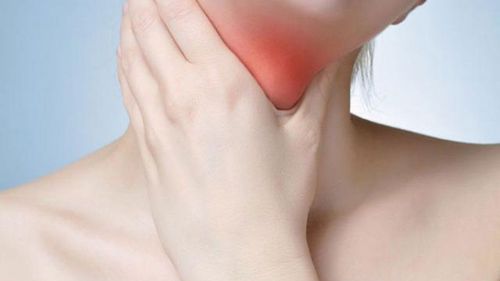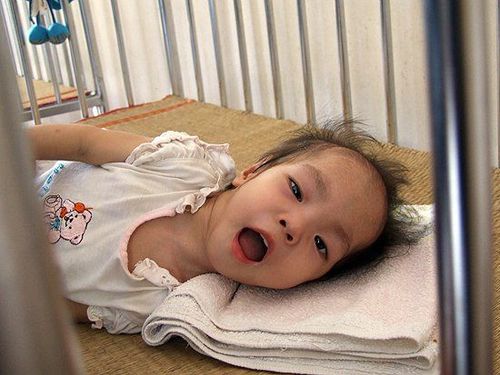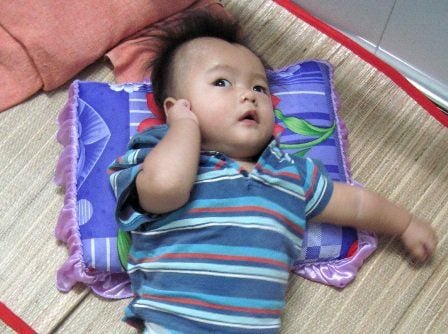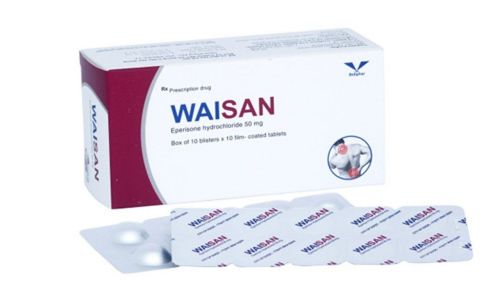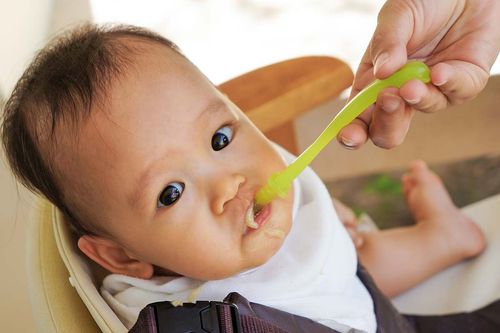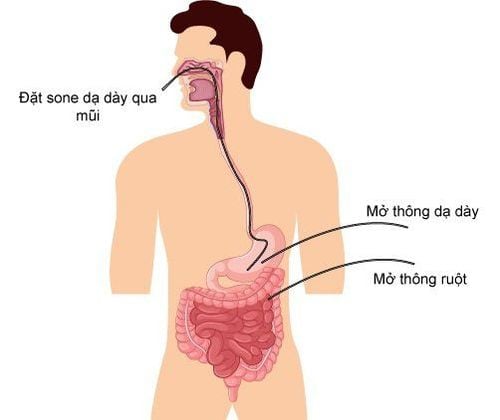This is an automatically translated article.
Posted by Doctor Le Thu Huong - High-tech Unit for Treatment of Cerebral Palsy and Autism - Vinmec Times City International Hospital
Swallowing disorder is a common disorder in children with cerebral palsy. Brain damage caused by diseases before, during and after birth in children with cerebral palsy not only affects movement in muscle groups in the arms, legs, and trunk, but also affects movement in the brain. jaw, face, mouth, tongue, pharynx, and even spasms of the esophagus cause children with cerebral palsy to have problems with food and drink control and the ability to swallow.
1. Outline of swallowing disorders
Swallowing disorder not only leads to stress in meals for children and caregivers, it also seriously affects the health and even life of children with cerebral palsy due to problems of malnutrition and reduced health. resistance, recurrent pneumonia ... This is one of the causes of reducing the life expectancy of patients with cerebral palsy.
To control this problem, swallowing disorders need to be detected and treated promptly.
2. Control swallowing disorder
2.1. Change feeding position
The eating position is a very important part of the management and treatment of swallowing disorders. Feeding in the wrong position affects the swallowing process or aggravates swallowing disorders.
Proper posture and position of the head, neck, trunk, pelvis and legs will facilitate oral motor function, make swallowing safe, reduce the risk of aspiration and reduce fatigue stress for children and caregivers. The stability of the legs and pelvis affects the postural stability of the trunk, shoulder girdle, head and neck, thereby leading to the stability of the jaw, face, tongue, mouth, inhibiting abnormal reflexes, swallowing process more favorable
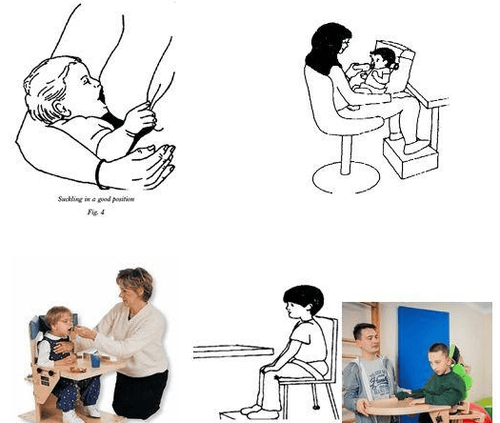
The choice of position for the child should be consulted by experts after evaluating factors such as type of swallowing disorder, age, status of movement disorder, comorbidities, sensory disorders and senses and perception.
In addition, to support the posture of children with cerebral palsy, special seats for children with cerebral palsy can be used.
2.2. Enhance feeling
Can enhance the sensation of the pharynx and mouth by stimulating the use of sour foods, stimulating thermal tactile stimulation, changing the size and volume of food pieces, changing the structure of food
2.3. Change the way you feed
Changing feeding patterns can help babies eat safely and effectively.
Change the feeding rate: feed slowly so that the baby has enough time to process the food. Change the volume of food or the position of food in the mouth to facilitate the swallowing process. Allowing children to feed themselves or bring their hands to their mouths when caregivers put food in their mouths helps children realize that they need to swallow when food is in their mouths. Eat small meals, eat many meals a day
2.4. Adjust food structure
Adjust the food structure depending on the child's ability to swallow:
For children who choke on liquids: water thickeners can be used to help children use water better, provide the necessary amount of fluid. Children who have difficulty handling solid foods: can switch to liquid, pureed, soft foods
2.5. Use eating aids:
Usable tools such as flat spoons, to help children receive food more easily, cup with nose cup, straws to adjust the amount of liquid, assistive devices such as spoons with larger handles...
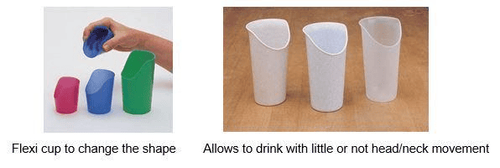
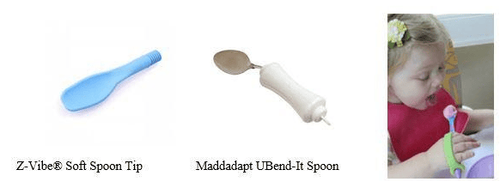
3. Treatment of swallowing disorders
3.1. Rehabilitation
At the Rehabilitation Units, children with swallowing disorder will be treated with a treatment plan:
Practice exercises for mouth, jaw, tongue, lips, cheeks active and passive Stimulation of swallowing reflex Sensory Enhancement Exercise Swallowing Exercises Electrical stimulation and swallowing exercises with Biofeedback
3.2. Gastrointestinal catheterization
For children with severe swallowing disorder, a nasogastric tube is necessary.
There are many types of nasogastric tubes that can be placed:
Nasal and oral nasogastric tube - a nasogastric tube is placed through the nose or mouth into the stomach. Percutaneous gastrostomy: is a type of catheter placed into the stomach through the opening directly into the stomach through the abdominal wall
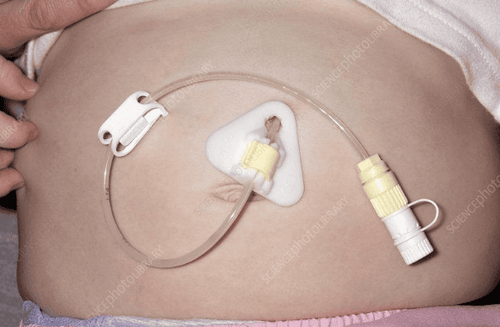
For children with cerebral palsy or in patients with swallowing disorders who require long-term parenteral nutrition, percutaneous nasogastric tube is the preferred method to use because of its outstanding advantages such as: easier to take care of, limit gastroesophageal reflux - oesophagitis, better reduce pneumonia, more convenient for swallowing practice, not entangled, do not irritate the pharynx and nose like other types of nasogastric tube.
Vinmec International General Hospital is a high-quality medical facility in Vietnam with a team of highly qualified medical professionals, well-trained, domestic and foreign, and experienced.
A system of modern and advanced medical equipment, possessing many of the best machines in the world, helping to detect many difficult and dangerous diseases in a short time, supporting the diagnosis and treatment of doctors the most effective. The hospital space is designed according to 5-star hotel standards, giving patients comfort, friendliness and peace of mind.
Please dial HOTLINE for more information or register for an appointment HERE. Download MyVinmec app to make appointments faster and to manage your bookings easily.





